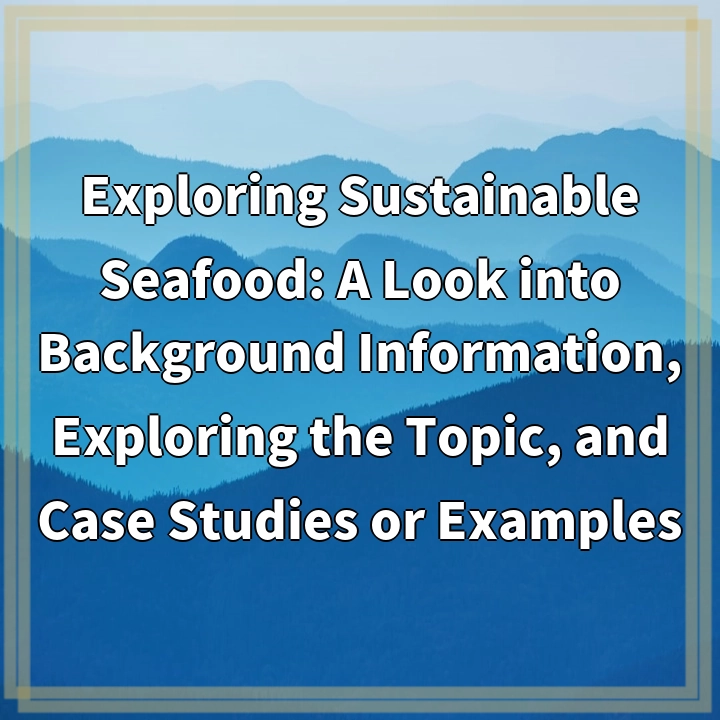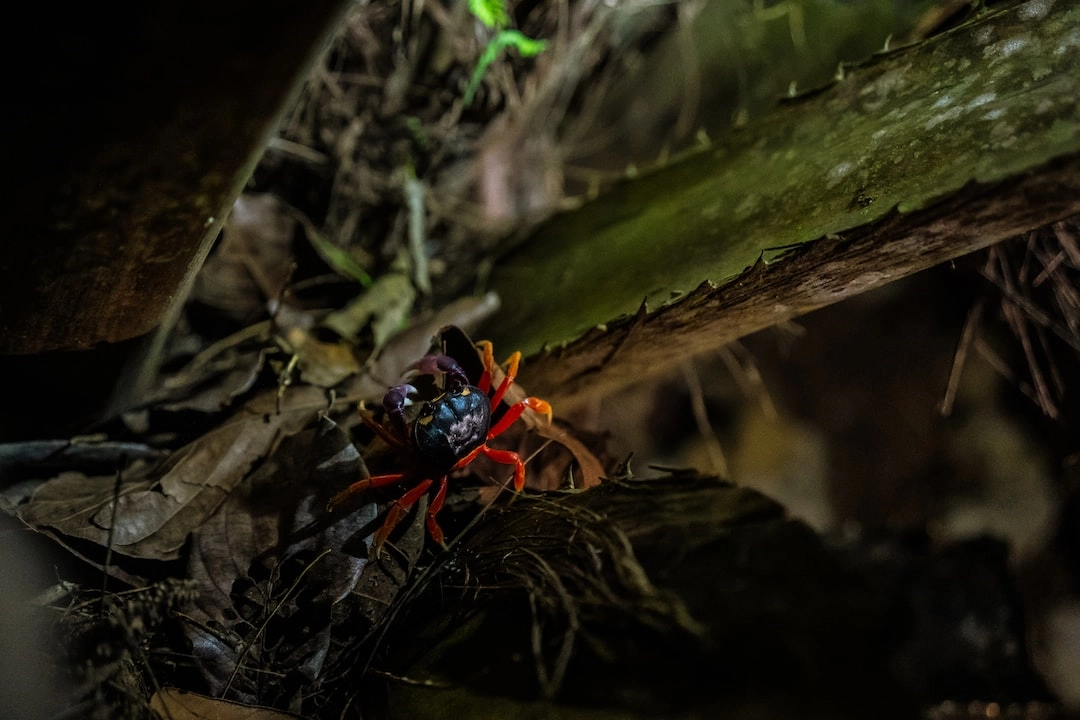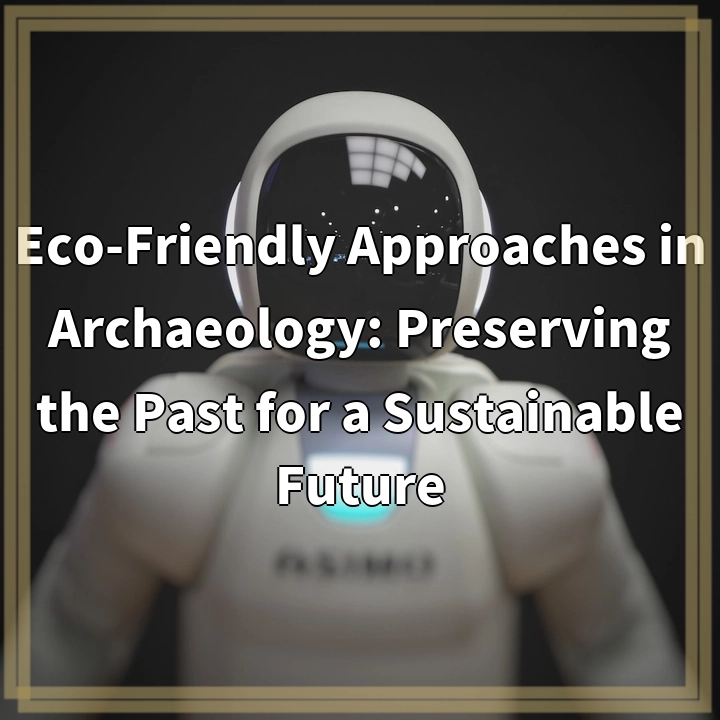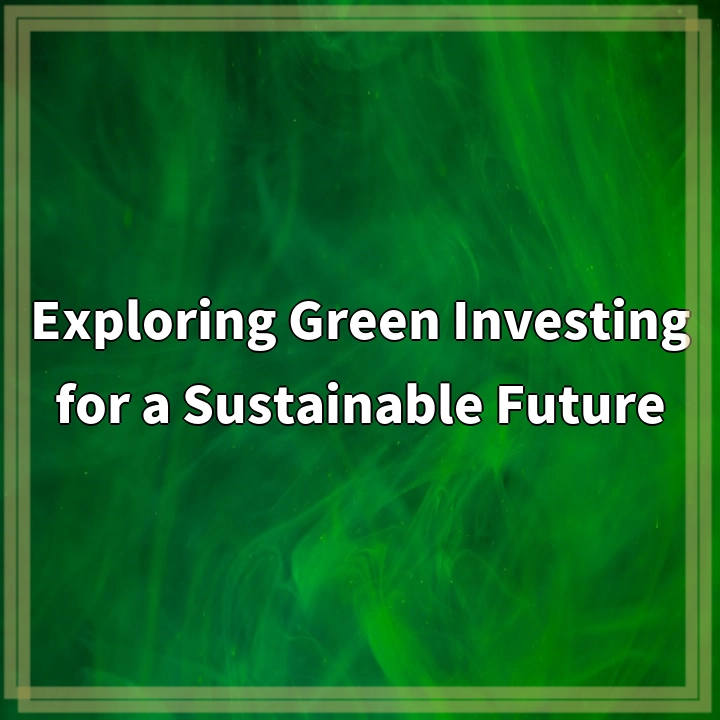
What is Sustainable Seafood?
Sustainable seafood refers to seafood that is caught or farmed using practices that minimize the impact on the environment, maintain the long-term health of the seafood populations, and support the well-being of the fishing communities and workers involved.
Real-World Problems Associated with Sustainable Seafood
The pursuit of sustainable seafood faces several challenges and real-world problems that need to be addressed. These issues include:
Overfishing
One of the primary problems in the seafood industry is overfishing. Overfishing occurs when more fish or other marine species are harvested than can be replenished naturally. This depletes fish populations, disrupts ecosystems, and threatens marine biodiversity.
Destructive Fishing Practices
Some fishing practices, such as bottom trawling or using dynamite or cyanide to catch fish, can cause significant damage to marine habitats and ecosystems. These destructive practices can destroy coral reefs, seafloor habitats, and other crucial marine environments.
Illegal, Unreported, and Unregulated Fishing (IUU)
IUU fishing refers to fishing activities that occur outside of national or international regulations. This includes fishing without proper licenses, exceeding quotas or catch limits, and the use of illegal gear or methods. IUU fishing undermines conservation efforts, leads to unfair competition, and threatens the sustainability of fish stocks.
Bycatch
Bycatch is the unintended capture of non-targeted species during fishing operations. Turtles, marine mammals, seabirds, and other marine species often become bycatch, resulting in injury or death. Bycatch not only harms vulnerable species but also contributes to ecosystem imbalances.
Unsustainable Aquaculture
The aquaculture industry, which involves farming seafood in controlled environments, can also have negative environmental impacts. Unsustainable aquaculture practices can lead to the pollution of waterways with excess feed and waste, the spread of diseases to wild populations, and reliance on unsustainable feed sources.

Solutions for Sustainable Seafood
Addressing the problems associated with sustainable seafood requires collective efforts and a commitment to sustainable practices. Here are some solutions:
1. Implementing Science-Based Fisheries Management
Utilizing scientific data and research to set catch limits, establish sustainable fishing quotas, and implement effective fisheries management strategies can help prevent overfishing and support the recovery of depleted fish populations.
2. Promoting Sustainable Fishing Practices
Encouraging the adoption of sustainable fishing methods, such as selective fishing gear and techniques that minimize habitat destruction and bycatch, can help protect marine ecosystems and reduce the overall impact of fishing operations.
3. Strengthening Regulation and Monitoring
Enforcing regulations and improving monitoring and surveillance systems are essential to combat illegal, unreported, and unregulated fishing. This includes promoting transparency in the seafood supply chain to ensure that only legally caught and properly documented seafood enters the market.
4. Supporting Sustainable Aquaculture
Investing in research and development of sustainable aquaculture practices, such as using responsible feed sources, minimizing pollution, and reducing the use of antibiotics, can help meet the growing demand for seafood while minimizing environmental impacts.
5. Raising Consumer Awareness
Educating consumers about the importance of sustainable seafood choices and providing them with information and tools to make informed purchasing decisions can drive market demand for sustainable products and encourage the seafood industry to prioritize sustainability.















